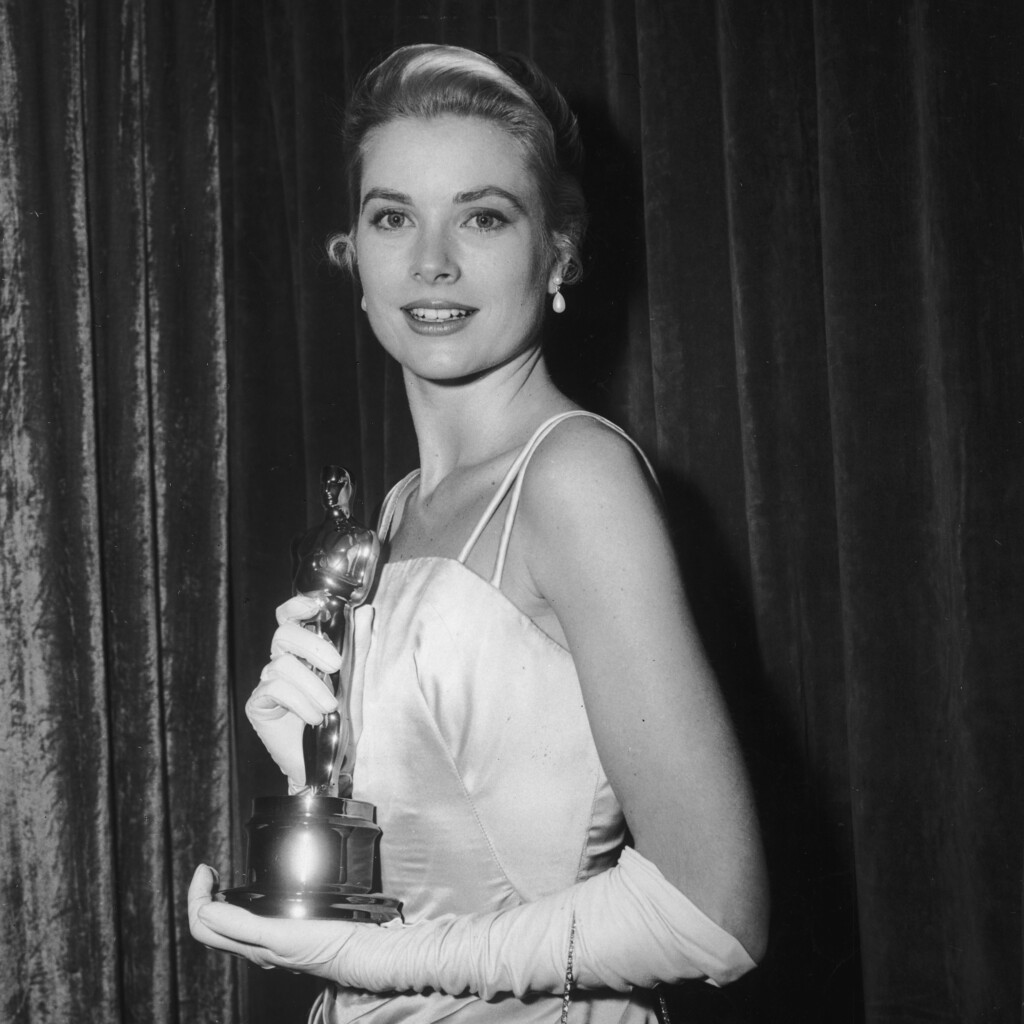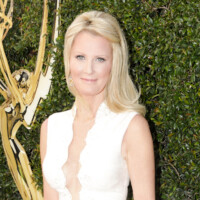Bernadine Morris, the esteemed 20th-century fashion critic, said she covered fashion the same way her (mostly male) colleagues covered sports. Today, fashion, like sports, has become an integral part of the entertainment landscape, and the Academy Awards are the Super Bowl of fashion.
Bolstered by millions of viewers from every medium, the Oscars have become a fun fishbowl, at least for us, the audience. We get to look and cast our own votes. Will certain entertainers draw the limelight on the red carpet (like Sharon Stone in her Gap T-shirt or Uma Thurman, who changed Oscar fashion in ethereal Prada), or will they end up in a heap of defeat, as was the public consensus on Demi Moore’s self-styled biker shorts in 1989 and Björk’s 2001 “swan dress”?
It’s a worthy topic for exploration, and in her door stopper of a book, Red Carpet Oscars, published by Thames & Hudson just before the awards season crescendos with the Oscars in March, Dijanna Mulhearn takes it all on with a marathoner’s tenacity. Boasting more than 1,000 photographs, it opens with Janet Gaynor, best actress at the inaugural Academy Awards in 1929, who showed up in a modest sweater with a scalloped Peter Pan collar, and goes on to give a play-by-play of each year since then. Giorgio Armani, an architect of the modern red carpet game, reflects on Oscar style in the form of a letter, and the foreword is by Cate Blanchett. “In the time I’ve spent walking/white-knuckling,” she writes, “the focus on red carpet fashion has become increasingly forensic and the number of associated businesses that ride its slipstream has mushroomed.”
That’s one of only two style-related developments at the Oscars that has notably changed: such is the power of the red carpet that brands now pay directly or indirectly to have celebrities wear their clothes. The other change, in part spurring this trend, is the ascendancy of stylists (in 2022, the Council of Fashion Designers of America added a stylist category to its annual awards).
On fascinating close inspection, though, Red Carpet Oscars shows that not much has really changed. As early as the ’30s, the Oscars called on designers to help dress celebrities as glamorously as possible, igniting media coverage and shopping frenzies that turned wearing the right look into a way a celebrity could burnish their brand.
Mulhearn wants us to find meaning in the backstories of who wore what — or didn’t. She recounts how, just hours before the Oscars in 2013, Valentino issued a press release announcing that Anne Hathaway — who was nominated for, and would later win, best supporting actress — would be wearing a gown by the designer. She did not. But, in the end, does the public really care about whether or not she wore Valentino that night? Either way, it adds fascinating detail to Hollywood’s biggest night.
Red Carpet Oscars is a great way to enrich your TV viewing pleasure, or an Oscar party. Sometimes, context matters. But often, as this book illustrates, it’s all about a beautiful dress.
Red Carpet Oscars, by Dijanna Mulhearn (Thames & Hudson) is available online and in stores now.





